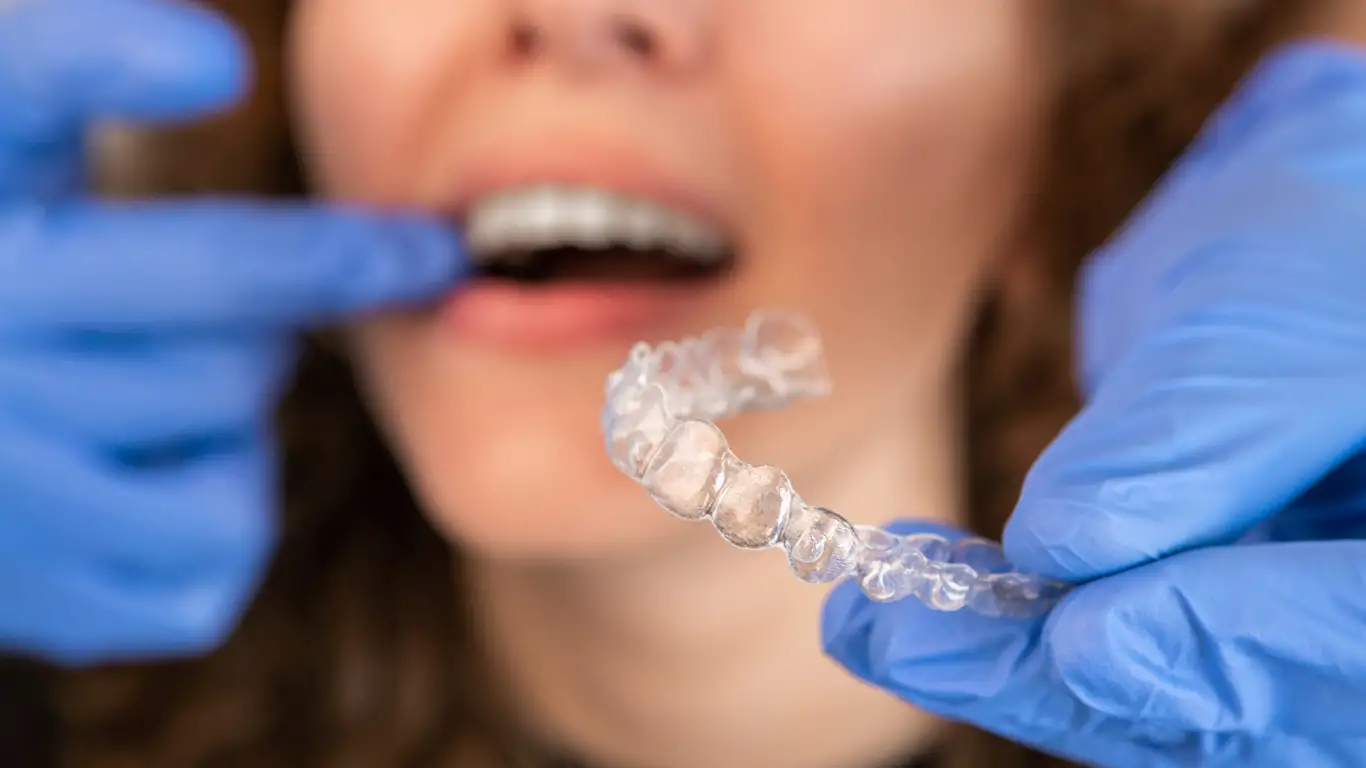Dental Correction: Advanced Alignment Methods
Modern dentistry offers numerous sophisticated approaches to correct misaligned teeth and improve oral health. From traditional metal braces to innovative clear aligners, dental professionals now have access to advanced technologies that can address various alignment issues effectively. Understanding these methods helps patients make informed decisions about their treatment options, considering factors such as treatment duration, comfort levels, and aesthetic preferences during the correction process.

Dental alignment correction has evolved significantly over the past decades, incorporating cutting-edge technology and refined techniques to address various orthodontic concerns. These advanced methods not only improve the appearance of teeth but also enhance overall oral health by correcting bite issues, reducing wear patterns, and making teeth easier to clean and maintain.
How to Fix Your Smile with Teeth Alignment
Teeth alignment correction begins with a comprehensive evaluation by an orthodontic specialist who assesses the severity of misalignment, jaw positioning, and overall oral health. Modern diagnostic tools include digital X-rays, 3D imaging, and intraoral scanners that create precise models of the teeth and jaw structure. Treatment planning software allows orthodontists to predict treatment outcomes and show patients potential results before beginning the correction process.
The correction process typically involves applying controlled pressure to gradually move teeth into their optimal positions. This biological process, called bone remodeling, allows the supporting structures around teeth to adapt as they shift. Treatment duration varies depending on the complexity of the case, patient age, and chosen method, typically ranging from 12 to 36 months for comprehensive correction.
Top and Bottom Braces: What You Need to Know Before Starting
Traditional metal braces remain highly effective for complex alignment cases, utilizing brackets bonded to teeth and connected by adjustable wires. Modern versions are smaller and more comfortable than previous generations, with options for colored bands that appeal to younger patients. Ceramic braces offer a less visible alternative, using tooth-colored or clear brackets that blend with natural tooth color.
Lingual braces represent an innovative approach where brackets are placed on the inner surfaces of teeth, making them virtually invisible from the outside. This method requires specialized training for orthodontists and may initially affect speech patterns. Self-ligating braces use specialized clips instead of elastic bands to hold wires, potentially reducing treatment time and requiring fewer adjustment appointments.
Clear aligners have revolutionized orthodontic treatment by providing a removable, nearly invisible option for many alignment issues. These custom-made plastic trays gradually shift teeth through a series of progressive adjustments, typically changed every one to two weeks. Patients appreciate the ability to remove aligners for eating, brushing, and special occasions.
Affordable Solutions for Crooked Teeth Alignment
Treatment costs vary significantly based on complexity, chosen method, and geographic location. Traditional metal braces typically represent the most cost-effective option for comprehensive correction, while newer technologies often carry premium pricing. Many orthodontic practices offer flexible payment plans, insurance coordination, and financing options to make treatment accessible.
| Treatment Type | Provider Examples | Cost Estimation |
|---|---|---|
| Metal Braces | Local Orthodontists | $3,000 - $7,000 |
| Ceramic Braces | Specialty Practices | $4,000 - $8,000 |
| Clear Aligners | Invisalign, ClearCorrect | $3,500 - $8,000 |
| Lingual Braces | Specialized Orthodontists | $8,000 - $13,000 |
| Retainers | General Dentists | $200 - $800 |
Prices, rates, or cost estimates mentioned in this article are based on the latest available information but may change over time. Independent research is advised before making financial decisions.
Insurance coverage varies widely, with many dental plans providing partial coverage for orthodontic treatment, particularly for patients under 18. Adult treatment coverage is less common but increasingly available through comprehensive dental plans. Flexible spending accounts and health savings accounts can help manage treatment costs with pre-tax dollars.
Advanced Technologies in Dental Correction
Digital treatment planning has transformed orthodontic care by enabling precise predictions and customized treatment approaches. Computer-aided design and 3D printing technologies allow for the creation of custom appliances and aligners with unprecedented accuracy. Accelerated orthodontics techniques, including micro-pulse vibration devices and minor surgical procedures, can potentially reduce treatment time.
Temporary anchorage devices (TADs) provide additional control for complex tooth movements without requiring patient compliance. These small titanium screws are temporarily placed in the jawbone to serve as anchor points for specific tooth movements that would otherwise be difficult to achieve.
Maintaining Results After Treatment
Retention protocols are crucial for maintaining alignment results long-term. Fixed retainers, thin wires bonded to the back surfaces of teeth, provide continuous retention for critical areas. Removable retainers offer flexibility while maintaining tooth positions, with various designs including clear plastic and wire-based options.
Regular follow-up appointments allow orthodontists to monitor stability and address any minor shifts before they become significant problems. Patients should understand that teeth naturally tend to shift throughout life, making long-term retention essential for preserving treatment results.
Dental correction through advanced alignment methods offers patients numerous options to achieve healthier, more attractive smiles. Success depends on proper diagnosis, appropriate treatment selection, patient compliance, and long-term retention strategies. Consulting with qualified orthodontic professionals ensures the best possible outcomes for individual needs and circumstances.




